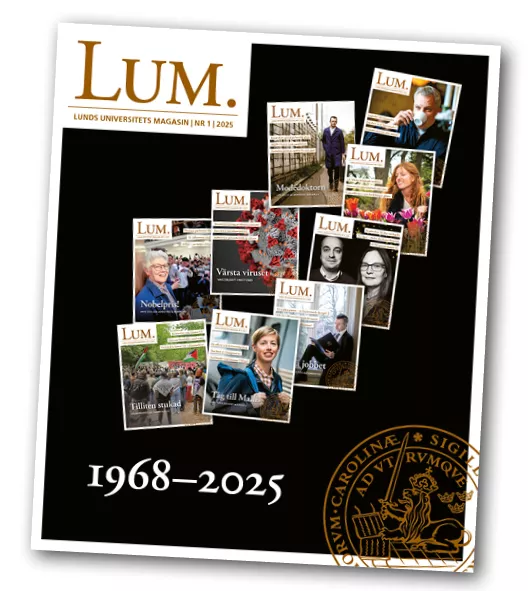In recent years, the focus on internationalisation, through the Global Dynamic Engagement (GDE) approach initiated by the University Management, has increased significantly. This is particularly evident in the Strategic Partnerships and Networks Division, which is part of External Relations. This is where Pär Svensson works as an international coordinator responsible for Africa and for driving issues related to Global Responsible Engagement.
“While 15 or 20 years ago there was a strong focus on student exchanges and mobility, today internationalisation initiatives are much more comprehensive and complex. It now also includes research, external engagement and innovation,” he says.
Collaboration agreements
Pär Svensson and his colleagues are responsible for drawing up university-wide collaboration agreements with foreign universities, arranging funding for student and research exchanges, and coordinating several large international collaborative projects. LU now collaborates with selected universities on all continents and its work has become increasingly strategic and systematic over time.
“Each year, we draw up a plan for strategic initiatives in the different geographical areas. We are setting up a framework for Africa, one for Latin America, one for Europe and so on. It sets out what we as a university want to achieve. This may involve approaching certain universities or developing established partnerships.”
The University also designates a certain number of global hubs – a city or an area that it wants to focus on in terms of education, research and innovation. Seed money has recently been announced for researchers to develop collaborations with three such hubs – the University of Singapore, University of California Berkeley and University of Melbourne. When selecting hubs, the University has also looked at opportunities for collaboration with the Lund Innovation District in Brunnshög, with MAX IV and ESS as the major attractions.
Tense global situation a challenge
One challenge facing internationalisation initiatives is the tense global situation.
“The world has become more complex, with fewer countries enjoying democracy and less academic freedom. This means that internationalisation is not a given in the same way as before and we have to work on how to take greater responsibility,” says Pär Svensson.
This includes protecting the University’s research from military use and espionage. The work also includes supporting staff conducting research in countries that are more autocratically governed. This applies to both personal safety and deriving maximum benefit from the local collaborative project.
“A researcher conducting research in a sensitive country needs to think about much more than just their research project. It’s about employee safety, the Lund University brand so that public confidence is maintained, and national security.”
Reduced funding
Reduced funding to the sector is another challenge. Pär Svensson mentions, among other things, that Donald Trump is expected to cut financial support for public universities in the US, which could ultimately lead to the elimination of some subject areas. This, in turn, could have a ripple effect here too.
“What happens in the world around us has always affected us, but it has become more acute as the questioning of universities and knowledge production has increased.”
The green transition also places new demands on universities.
“It’s a challenge – how do we make internationalisation sustainable? We have a university-wide group that has mapped what we already do and made new recommendations.”
One example of what is already being done today is the development of internationalisation at home, including having an international student population, a broad reading list and international teaching staff. Collaborative Online International Learning (COIL) is another. This approach enables teaching staff to apply for seed money to organise a course where students collaborate online with students from a foreign university for certain course components.




